Learn the ABCs of safe sleep for babies and how you can help reduce the risk of Sudden Infant Death Syndrome (SIDS) and provide a safe sleeping environment for your infant.
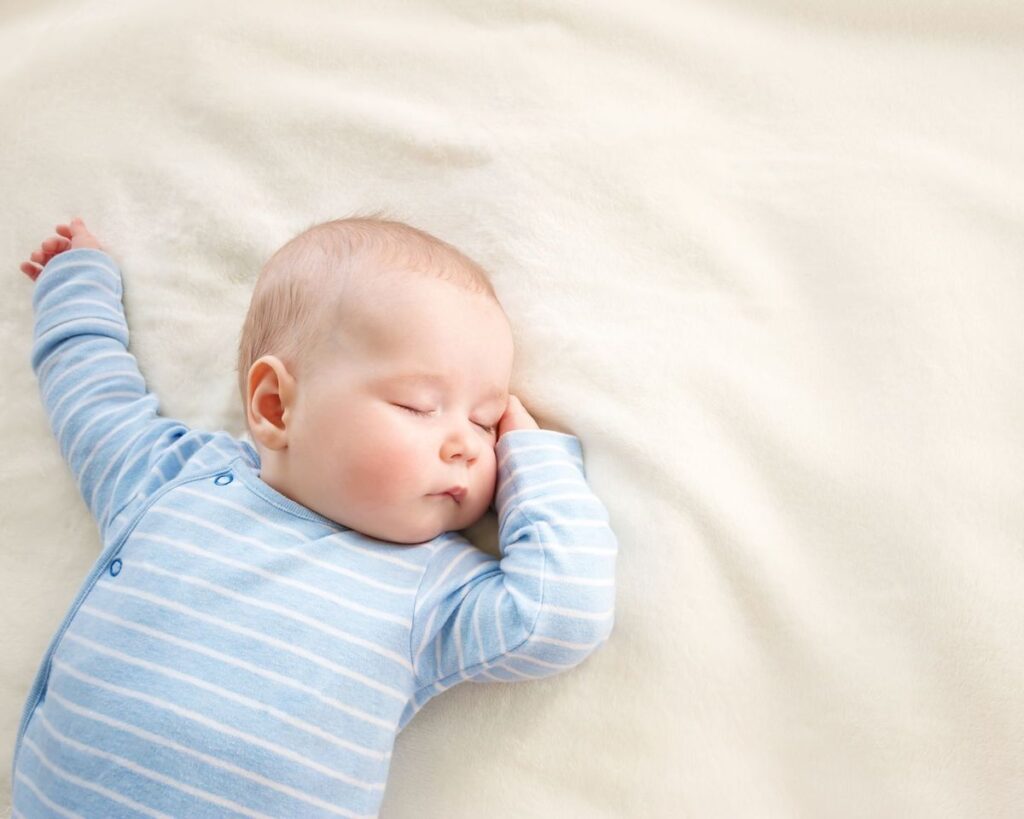
I’ve always considered myself an intuitive person, but one thing I learned quickly as a first-time mom is that “a mother’s intuition” is virtually non-existent when you’re exhausted and postpartum.
That’s why I appreciate it when something as complicated as baby sleep safety standards can be easily remembered with just a few letters.
Allow me to introduce you to the ABCs of safe sleep!
As a new mom, it felt like so much of the advice I got about how to help our daughter sleep better was contradictory. When your intuition is failing and the people around you all have different opinions, how can you be sure your baby is getting safe sleep?
Use breathable bumpers, place baby in your bed, put your baby on their stomach, give your baby a blanket, and so many other statements came from well-meaning parents who were likely just uneducated about safe sleep.
But now as a pediatric sleep consultant, my job is to help parents get their babies to sleep and that starts with safe sleep practices.
Want a realistic newborn sleep schedule? Download my free newborn sleep schedule to see what a day with your newborn might look like. Click here to grab it. It’ll be super helpful.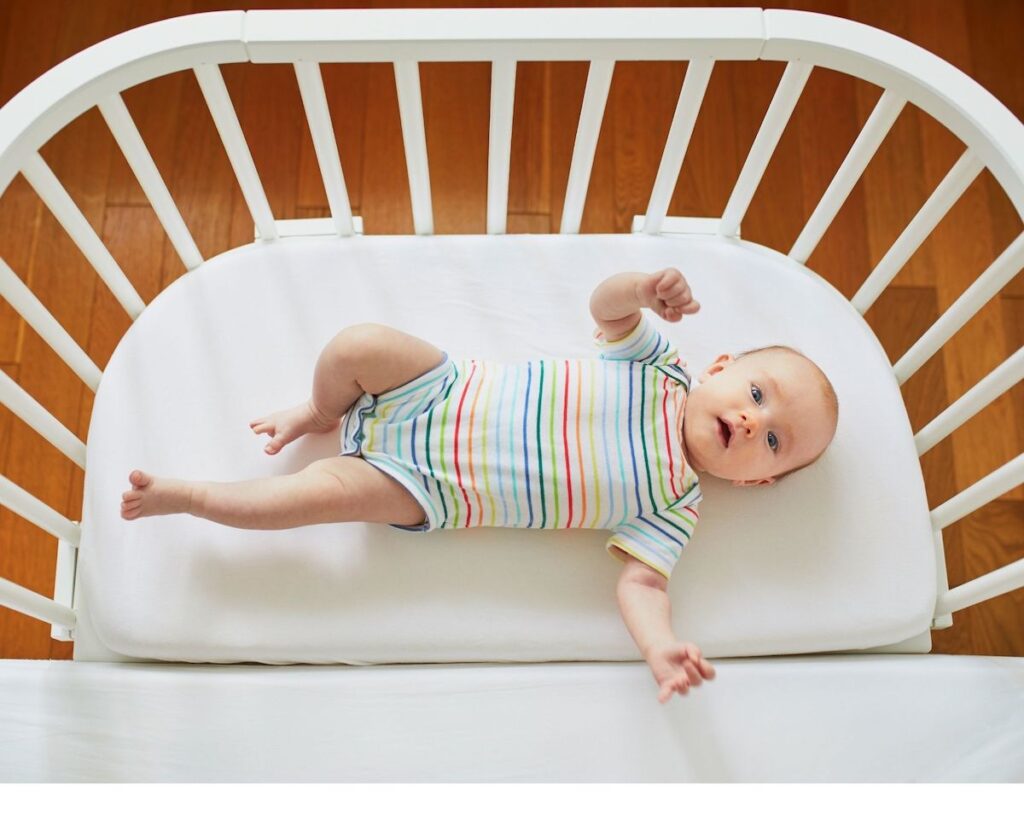
Why Is Safe Sleep Important?
Aside from feeding, safe sleep for your baby should be your primary priority from day one.
According to the CDC, around 3500 babies die from sleep-related complications in the U.S. each year. This tally includes deaths caused by unsafe sleep environments as well as Sudden Infant Death Syndrome (SIDS).
In many cases, these deaths are preventable.
Thankfully, the American Academy of Pediatrics (AAP) updated their research-based recommendations for safe sleep in 2016. Their findings indicate that we can reduce SIDS and other sleep-related infant deaths by taking the proper precautions.
Using the AAP guidance, the first step in making sure your baby sleeps safely is to create a safe sleep environment.
What Does a Safe Sleep Environment Look Like?
Many factors go into a safe sleep environment for your baby. It includes your baby’s sleep surface, how to dress your baby for sleep, and how you position them to sleep. There are even some must-have nursery items that can help promote good sleep in your little one!
Simply stated, the AAP says the safest sleep for your baby is flat on their back, on a firm mattress, in a bare crib in your bedroom.
I know it’s tempting to bundle your sweet little one up in plush blankets on a soft mattress because you want them to be cozy, but resist the urge!
The AAP recommends no blankets, pillows, or other soft items in the crib that could cover your baby’s face. I promise your baby will still be comfortable without those things—they’ll be safer, too.
If you worry that your baby won’t be warm enough, you can change the thermostat or use a swaddle or sleep sack to keep baby warm at night. You can also learn more about TOG and check the TOG rating on various sleep sacks and swaddles for more reassurance.
See some of the best swaddles and best sleep sacks for babies in our list!
Instead of a blanket, consider a swaddle. Keep in mind that you should transition out of the swaddle when your baby starts to show signs of being able to roll over. You can let your baby sleep with a blanket once they hit 12 months old.
Once your baby is comfortable with breastfeeding, you can also put them to sleep with a pacifier. The AAP has found evidence that putting your baby down to sleep with a pacifier can protect against SIDS.
It’s okay if the pacifier falls out while your baby sleeps—just make sure it isn’t attached to your baby or their clothes by any sort of fastener or string.
It might seem overwhelming to remember all of the elements of a safe sleep environment for your baby. Luckily, it’s easy to remember the AAP’s recommendations with the ABCs of safe sleep.
What Are The ABCs of Safe Sleep?
Let’s be honest, there is a lot to remember when your baby is a newborn. But when it comes to safe sleep for your baby, the ABCs are key: Alone, Back, Crib.
A — Alone
The AAP recommends that you and your baby do not share the same sleep surface. Your baby should sleep alone in their crib, bassinet, or pack and play. The AAP also recommends that babies room-share with their caregiver for the first 6 months.
See how long your baby can sleep in a bassinet and when to move baby to their own room.
Of course there may be times when you and your baby both fall asleep while feeding.
If you do, the AAP says it’s safest for your baby to fall asleep on the flat surface of an adult bed. The risk of suffocation for your baby is higher if you fall asleep holding them in an armchair or on a couch.
B — Baby’s Back
You’ve heard it a million times, but it is so important that it needs repeating: back is best! Always place your baby on their back for safe sleep. The AAP considers side and stomach sleep a SIDS risk for the first 12 months.
Once your baby rolls over to their stomach for sleep, it is usually okay to leave them that way. Continue to place them on their back in the crib each time and let them roll on their own.
C — Crib
Your baby should sleep on a firm, flat, enclosed surface like a crib, bassinet, or play yard. Make sure there are no toys, blankets, pillows, bumpers, or any other objects that pose a suffocation risk.
It’s up to you whether you choose to get a crib and bassinet. You can find out more on the bassinet vs crib debate as well as when is baby too big for the bassinet.
I also recommend checking the safety ratings and active recalls for a variety of cribs and infant sleep products.
The AAP does not recommend using sleep positioners for babies with conditions like acid reflux, but there are special considerations and options for safe sleep for reflux babies.
According the the ABCs of safe sleep, cribs are the gold standard of sleep surfaces. But the AAP has acknowledged that there are times when mothers and babies, intentionally or not, find themselves in a co-sleeping situation. Even if it’s not your plan to co-sleep, you should still learn how to do it in the safest way possible.
How Can I Practice Co-Sleeping Safely?
The term co-sleeping is used pretty broadly so let’s clear it up.
Room sharing is having your baby in the same room as you. This is safe as long as you are following the ABCs of safe sleep. You can safely room share by having your baby in their own bassinet or a Rock N Play alternative in your bedroom.
Bed sharing is having your baby sleep in bed with you, either on a DockATot or the mattress, and is not a safe sleeping practice. Bed sharing is the most common cause of death in babies under 3 months old, and is one reason why babies should not sleep in a DockATot.
And even though the photos people post of mom and baby or dad and baby asleep together snuggling are adorable, it’s simply unsafe.
So if you want to co-sleep with your baby safely, then share the room with them, but make sure they have their own separate sleep space and are using a firm, flat surface, and are placed on their back each time for sleep.
As a new mom I was so paranoid about SIDS. This information isn’t meant to incite fear in you, but to equip you to setup a safe sleep environment for your baby.
Your number one priority should be to assess the safety of your baby’s sleep environment, because it really can be a matter of life and death.
By establishing safe sleep practices early, you’ll be able to set up your baby for sleep success and put your mind at ease all at once!
- Practical Tips if your Toddler is Going Through A 3-Year Old Sleep Regression - April 26, 2024
- Baby Led Weaning vs Purees — Which Should I Choose? - April 25, 2024
- 10 Adorable Letter Board Pregnancy Announcements - April 25, 2024
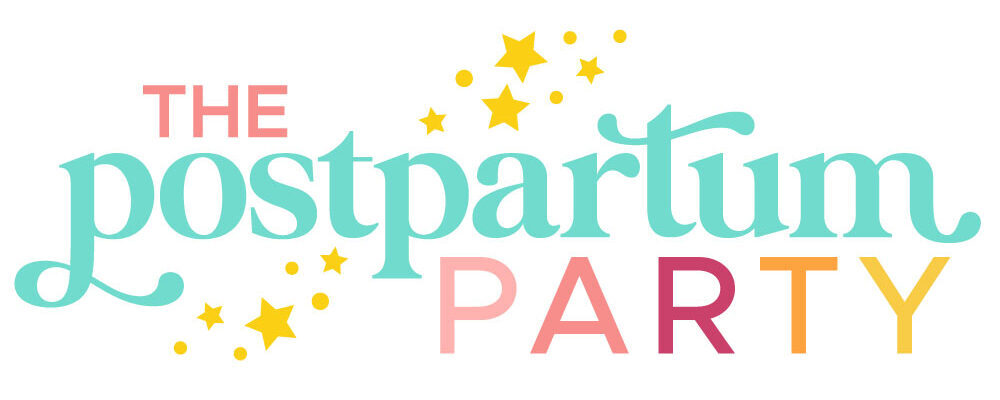
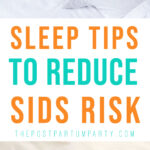
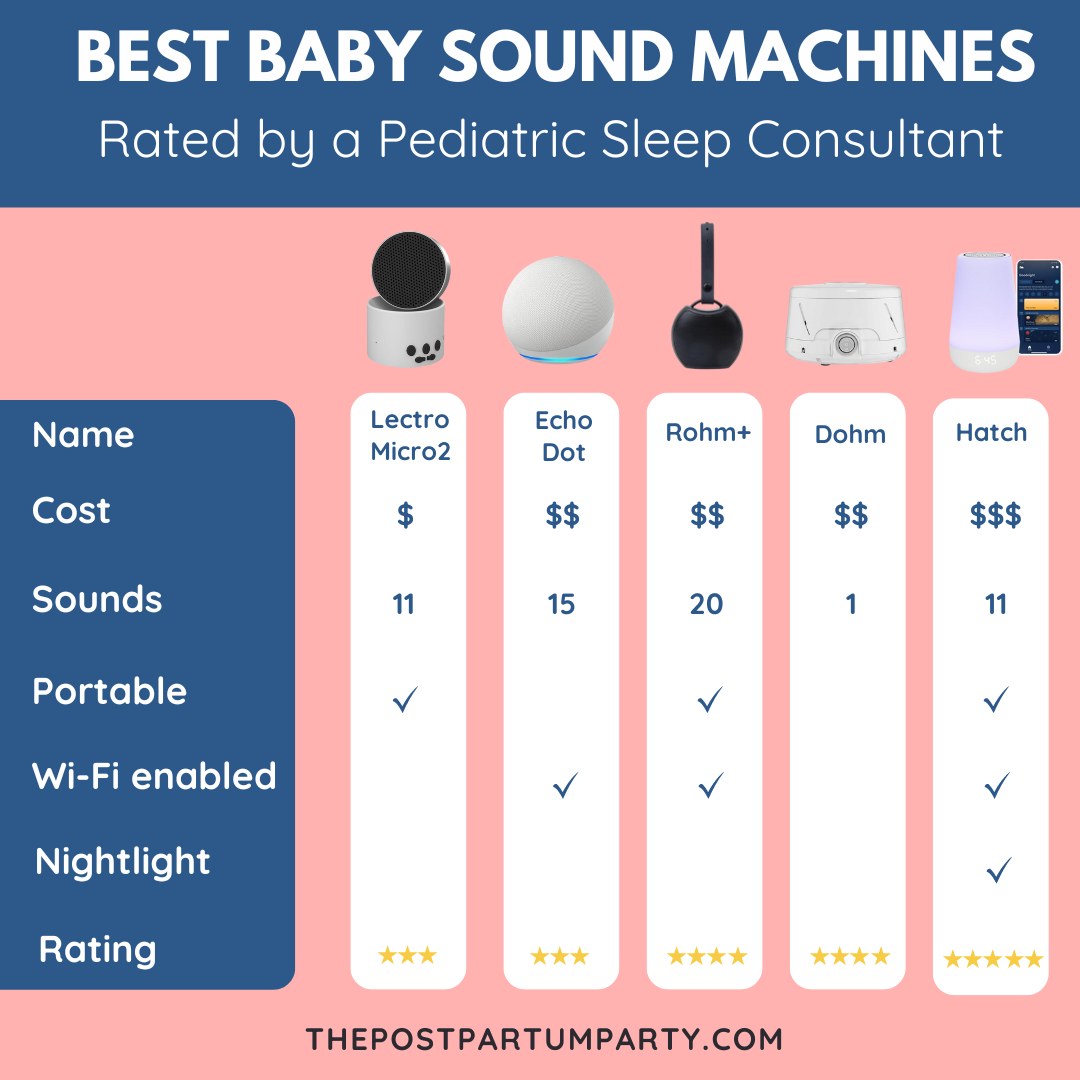
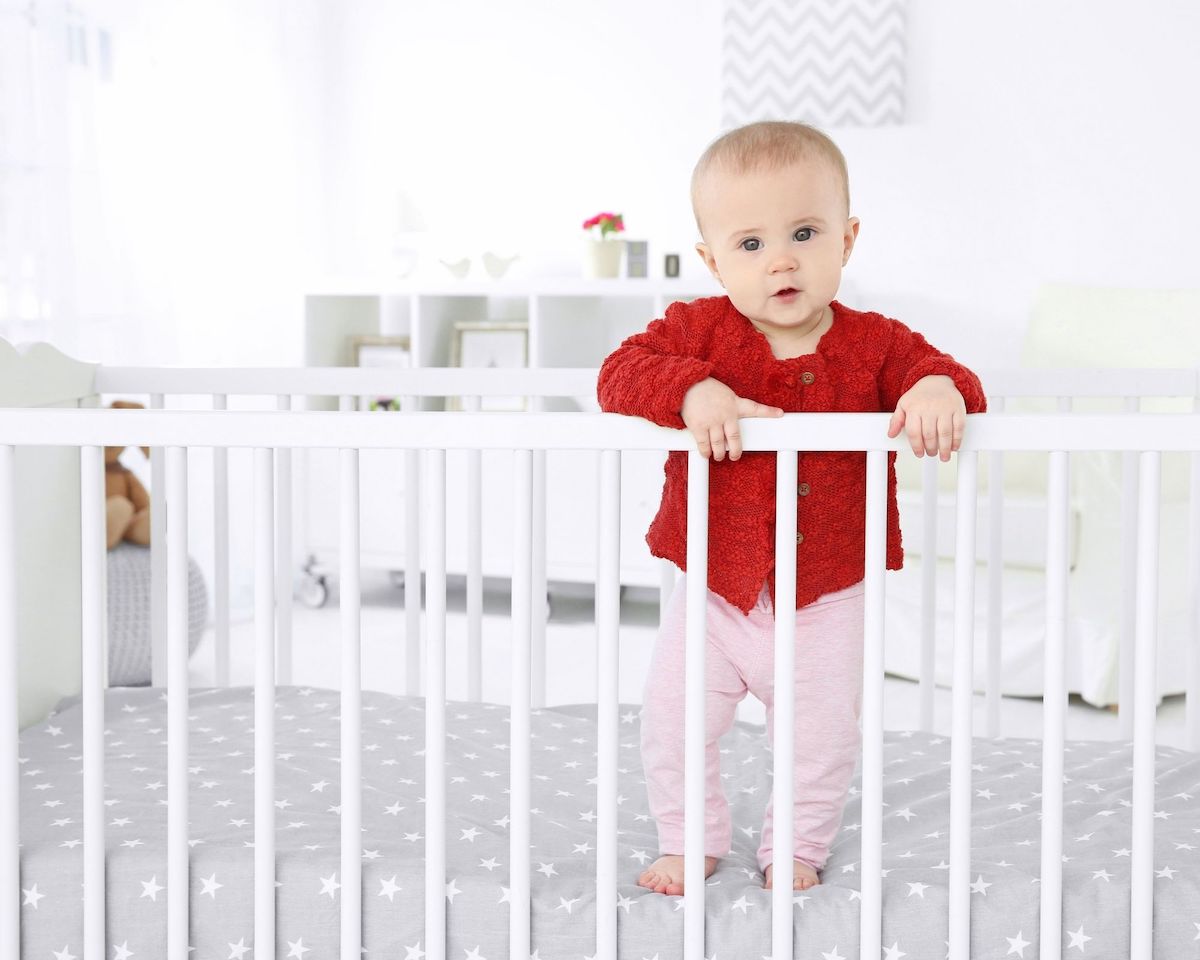
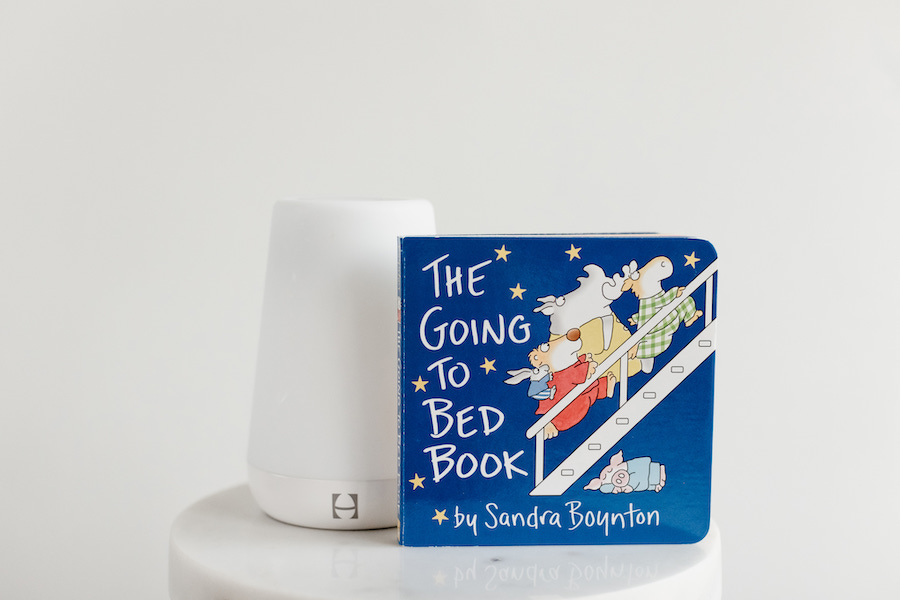
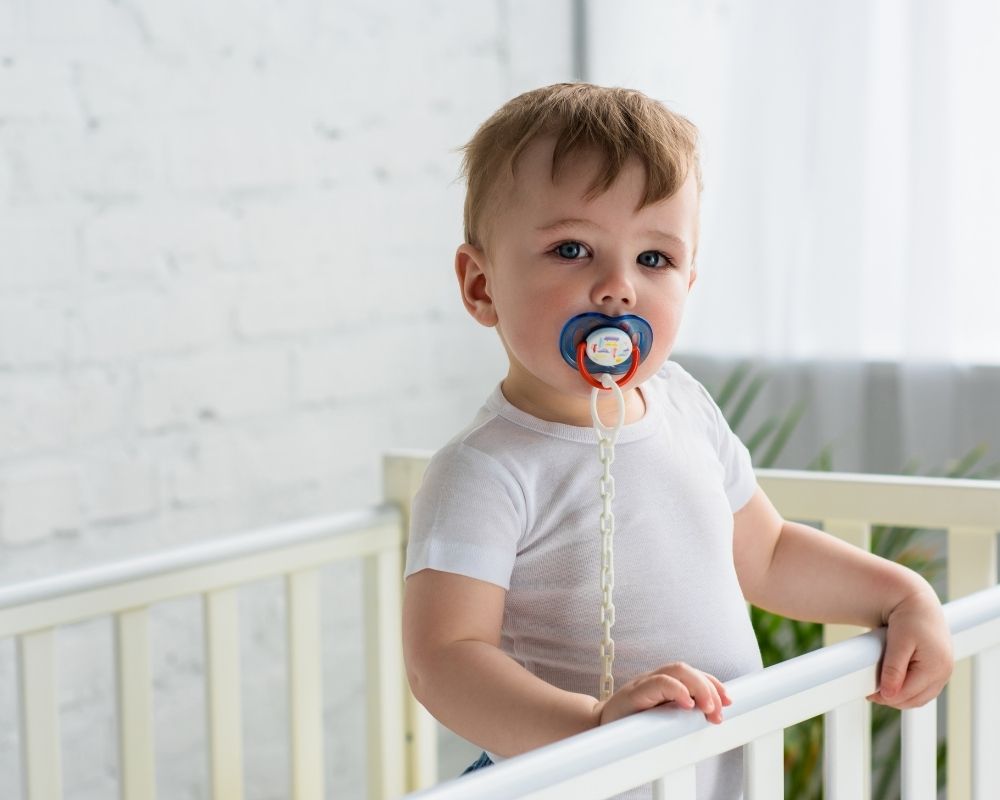
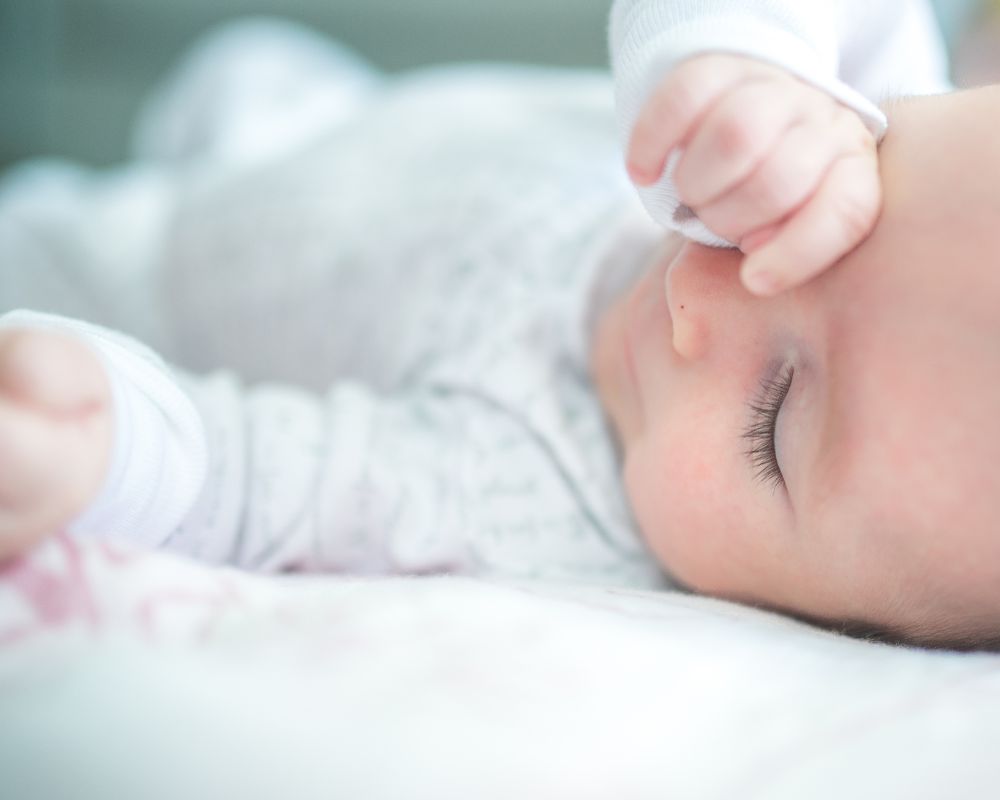
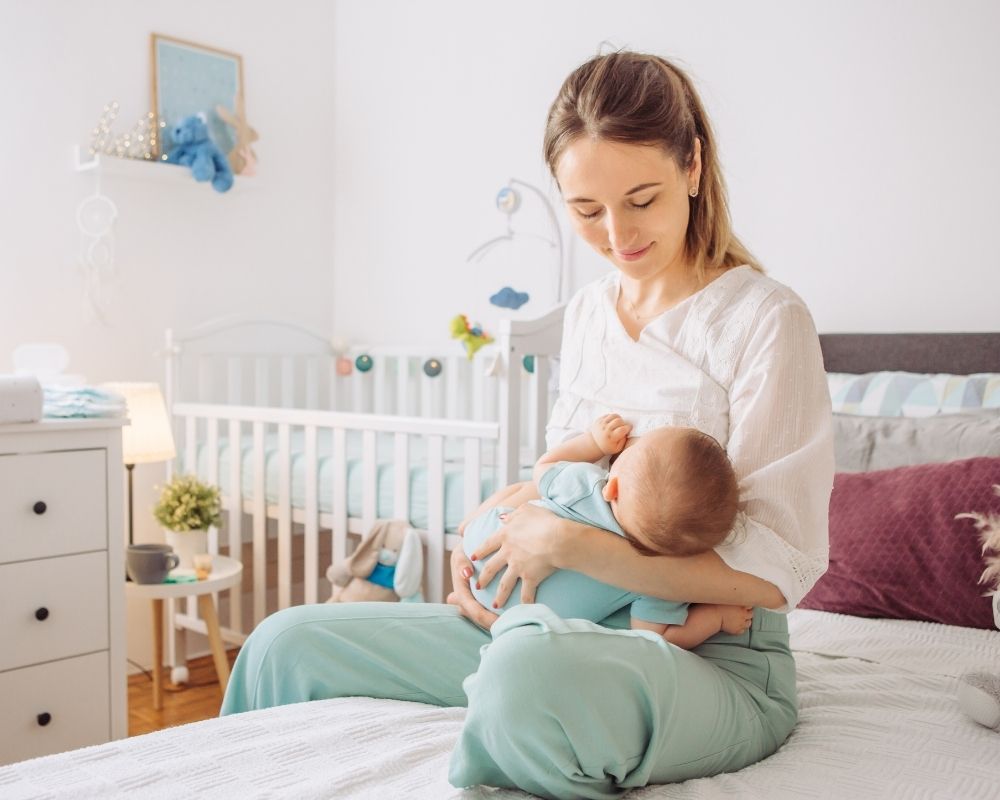
One Comment